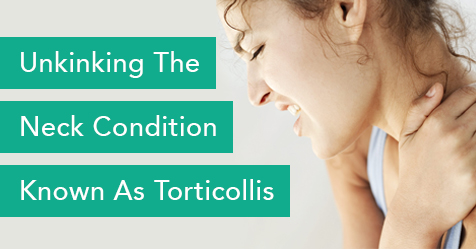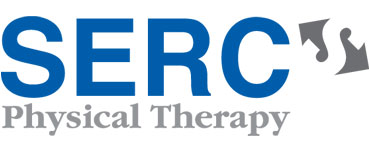By Landon Wahl, DPT, Dillsburg Center
 If you’ve ever awakened with a kink in your neck and found it difficult to look from one side to the other, then you may have experienced torticollis.
If you’ve ever awakened with a kink in your neck and found it difficult to look from one side to the other, then you may have experienced torticollis.
It’s a medical condition mostly associated with the pediatric population: the infant is born and their neck is held to one side with the inability to look across midline onto the other side.
However, torticollis can be problematic for adults, too, causing significant disability and disruption of daily lifestyle.
A more medically precise name for torticollis is cervical dystonia, which essentially means a muscle is contracting when really it should be resting. Adults experience three types of torticollis.
Three Types of Toricollis in Adults
- The mildest form is the sensation described above, in which the vertebral bodies or neck joints stack on top of each other and become “stuck” from being in one position for too long. Sometimes this condition will go away on its own. However, seeing a physical therapist early is recommended, because early treatment can improve outcomes.
- Torticollis can result from a traumatic event, such as a car accident or fall. After a car accident a person might experience whiplash (head being thrown forwards or backwards due to excessive force) and then several days later might have significant onset of pain and stiffness. Much more severe than the first example, this one requires skilled care to resolve. A family doctor might refer a patient to an orthopedic doctor, who could prescribe additional imaging, medications or injections, or to a physical therapist, who will identify which muscles and joints are involved to resolve the patient’s symptoms.
- The third type of adult torticollis is idiopathic cervical dystonia, which is thought to be neurologic in nature. Researchers have linked it to chromosome 18p, which is believed to generate involuntary contractions or tightness of the neck muscles in people who have not experienced sustained postures or trauma. Although this condition is not curable, treatments for pain relief include botox injections, surgery and pharmacological therapy, each of which helps manage symptoms.
Regardless of the source of torticollis, a variety of treatment options exist. The appropriate medical care will allow you to return to your active lifestyle absent of pain.
